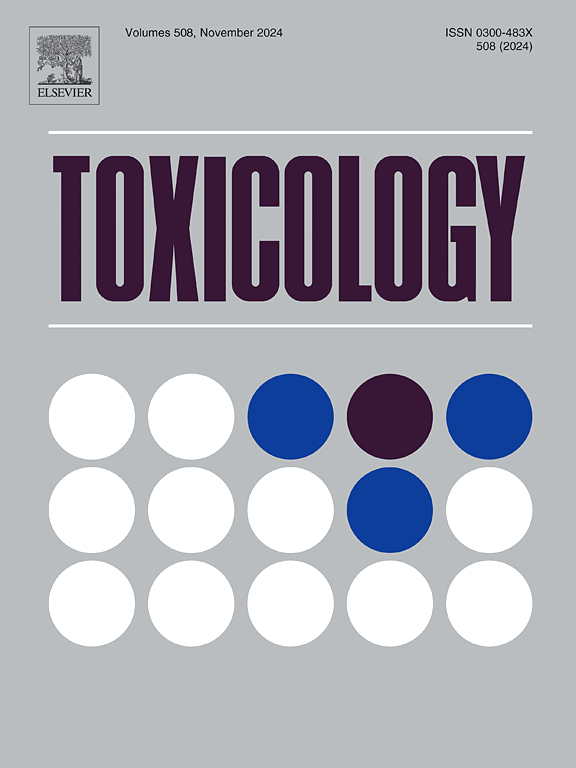The Cost Outcome Pathway framework: Integrating socio-economic impacts to Adverse Outcome Pathways for supporting policy makers
IF 4.6
3区 医学
Q1 PHARMACOLOGY & PHARMACY
引用次数: 0
Abstract
The Adverse Outcome Pathway (AOP) concept leverages existing data to formalize and disseminate knowledge and is a well-accepted concept in chemical risk assessment. However, it does not handle the socio-economic impact that environmentally-induced diseases may generate, which might be highly relevant for risk management and prioritization. Here, we propose to connect the AOP framework by bridging an Adverse Outcome (AO) to Cost Outcomes (CO) creating so-called Cost Outcome Pathways (COPs) for including the socio-economic costs of exposure to chemicals into the AOP framework. Exposures to certain classes of chemicals have been linked to loss of intellectual quotient (IQ) points in children. This may lead to healthcare costs and reduced working productivity and contribute to increasing the substantial socio-economic burden worldwide. As an in silico case study, a new COP related to neurodevelopmental toxicity was designed, with a connection between the AO ‘decreased, IQ’ and an umbrella CO ‘increased, socio-economic burden’. This framework can support policymaking in the public health sector and might also hold great potential for other environmental exposure-related diseases such as cancer, obesity or neurodegeneration, which are diseases known to have detrimental socio-economic impacts.
成本结果路径框架:将社会经济影响与不利结果路径相结合,以支持政策制定者
不良后果途径(AOP)概念利用现有数据来形式化和传播知识,是化学品风险评估中一个被广泛接受的概念。但是,它没有处理环境引起的疾病可能产生的社会经济影响,而这可能与风险管理和确定优先次序高度相关。在这里,我们建议通过将不利结果(AO)连接到成本结果(CO)来连接AOP框架,创建所谓的成本结果路径(cop),将暴露于化学品的社会经济成本包括到AOP框架中。接触某些种类的化学物质与儿童智商(IQ)点的下降有关。这可能导致医疗保健费用增加和工作生产率降低,并在全球范围内加重沉重的社会经济负担。作为一个计算机案例研究,设计了一个与神经发育毒性相关的新COP,将AO“降低,智商”与保护伞CO“增加,社会经济负担”联系起来。这一框架可以支持公共卫生部门的决策,也可能对癌症、肥胖症或神经退行性疾病等其他与环境接触有关的疾病具有巨大潜力,这些疾病已知具有有害的社会经济影响。
本文章由计算机程序翻译,如有差异,请以英文原文为准。
求助全文
约1分钟内获得全文
求助全文
来源期刊

Toxicology
医学-毒理学
CiteScore
7.80
自引率
4.40%
发文量
222
审稿时长
23 days
期刊介绍:
Toxicology is an international, peer-reviewed journal that publishes only the highest quality original scientific research and critical reviews describing hypothesis-based investigations into mechanisms of toxicity associated with exposures to xenobiotic chemicals, particularly as it relates to human health. In this respect "mechanisms" is defined on both the macro (e.g. physiological, biological, kinetic, species, sex, etc.) and molecular (genomic, transcriptomic, metabolic, etc.) scale. Emphasis is placed on findings that identify novel hazards and that can be extrapolated to exposures and mechanisms that are relevant to estimating human risk. Toxicology also publishes brief communications, personal commentaries and opinion articles, as well as concise expert reviews on contemporary topics. All research and review articles published in Toxicology are subject to rigorous peer review. Authors are asked to contact the Editor-in-Chief prior to submitting review articles or commentaries for consideration for publication in Toxicology.
 求助内容:
求助内容: 应助结果提醒方式:
应助结果提醒方式:


